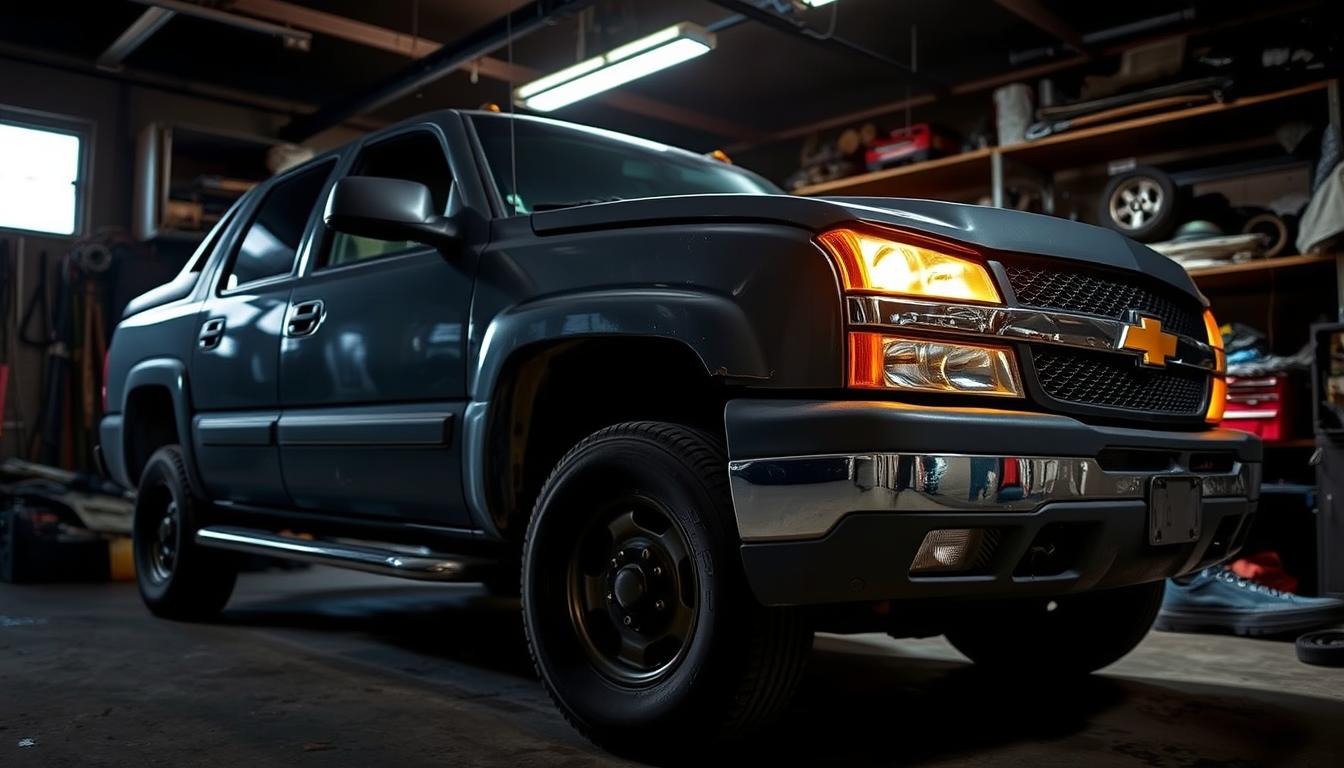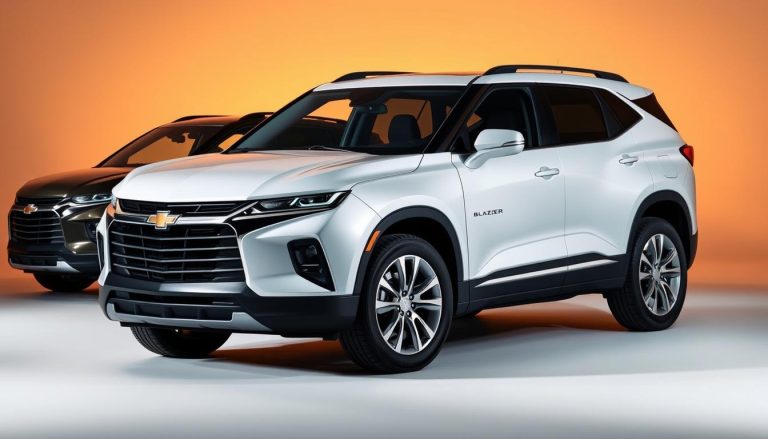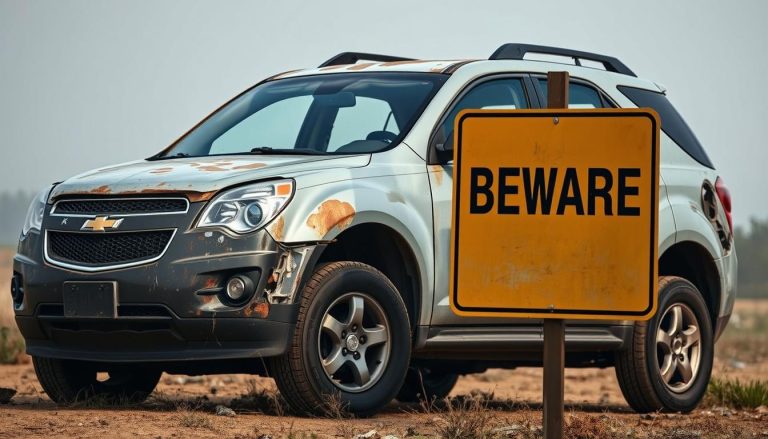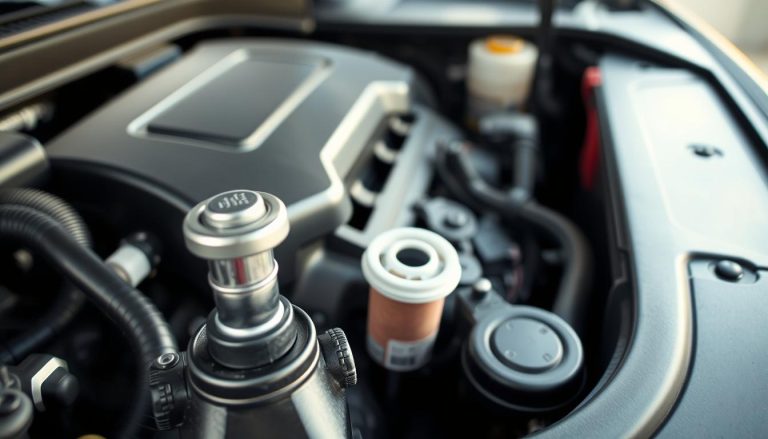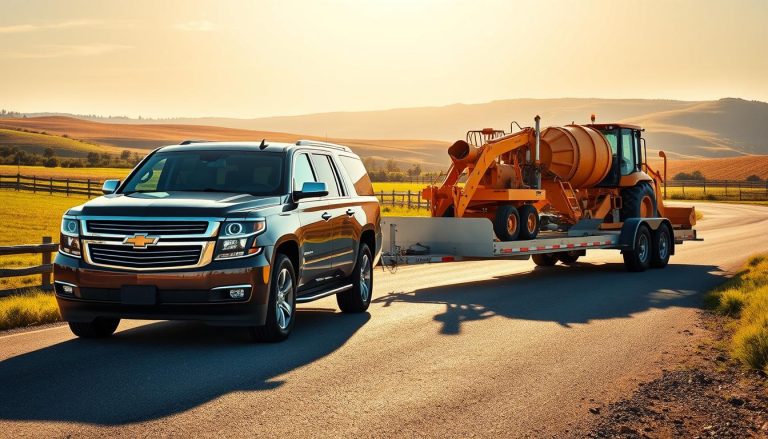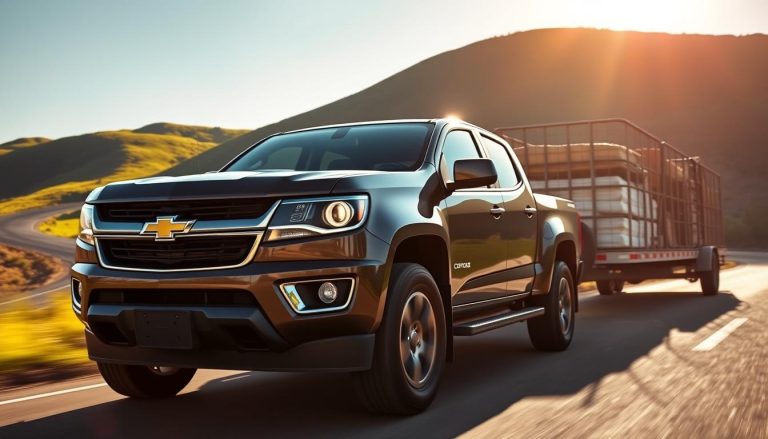Avoid These Chevy Avalanche Years at All Costs And Here’s Why
The Chevrolet Avalanche was a unique truck that combined SUV features with pickup truck benefits. It was made from 2002 to 2013. Some years were reliable, but others could cost a lot to fix.
When looking for a strong mid-size truck, be careful with certain Avalanche models. Its midgate design was popular, but some years had big mechanical and structural problems. It’s important to know these issues before buying.
Finding the worst Chevy Avalanche models needs careful research and mechanical knowledge. This guide will show you the bad years and the problems they might cause. It could turn your dream truck into a costly maintenance issue.
Knowing the Chevrolet Avalanche’s history helps you spot the years to watch out for. Not all Avalanches are the same. Some years are riskier than others when it comes to reliability.
Understanding the Chevy Avalanche Legacy and Production Timeline
The Chevrolet Avalanche was a game-changer in the pickup truck world. It combined truck functionality with SUV comfort. Launched in 2002, it quickly became a favorite among car lovers. Over the years, it went through many changes that affected its reliability and performance.
Looking at the Chevy Avalanche’s history helps us understand its reliability issues. It went through two main generations. Each brought new features and tech improvements.
First Generation (2002-2006)
The first Avalanche introduced many new features. It had:
- Innovative Midgate technology for more cargo space
- Unique body panels that could be removed
- Available in 1500 and 2500 series
Second Generation (2007-2013)
The second generation saw big improvements. Chevrolet worked on:
- Better suspension for smoother rides
- Improved interior for more comfort
- Stronger engine options
Production Milestones and Changes
Over its production life, the Avalanche got many updates. These changes showed Chevrolet’s dedication to making it better. They helped fix reliability issues and meet what customers wanted.
From its start in 2002 to its end in 2013, the Chevy Avalanche was special. It mixed truck practicality with SUV comfort in a unique way.
Most Problematic Chevy Avalanche Years to Avoid
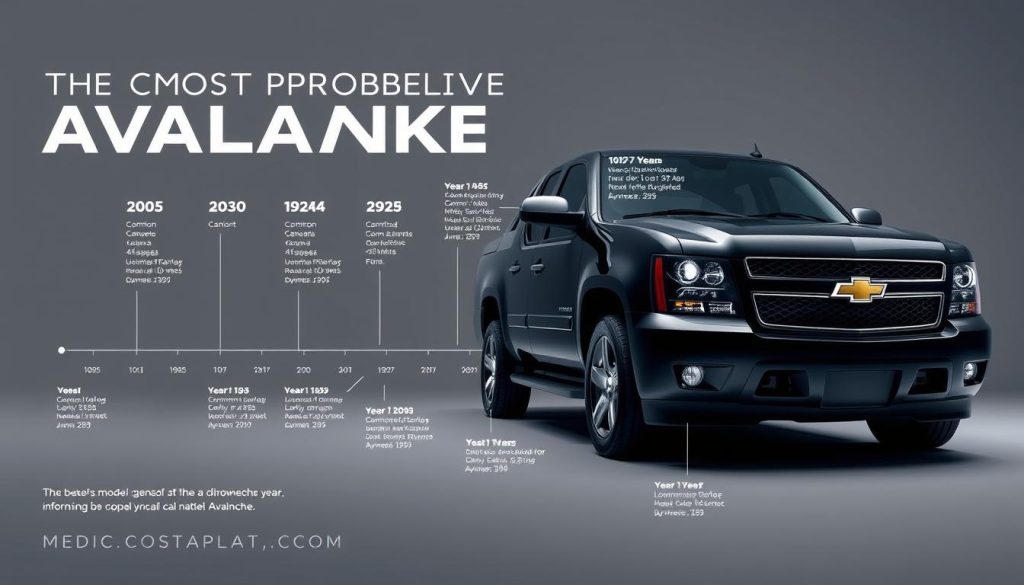
When looking at Chevy Avalanche years to avoid, some models really stand out. They have a lot of reliability issues. Buyers should be careful with certain Chevrolet Avalanche models. These models have many consumer complaints and mechanical problems.
The most troublesome years for the Chevy Avalanche include:
- 2002-2003: First-generation models with extensive engine and transmission challenges
- 2007-2008: Electrical system failures and suspension complications
- 2009-2010: Fuel system issues and unexpected repair costs
Knowing the Chevy Avalanche least reliable years can save a lot of time and money. Research shows many critical problem areas across different model years.
| Model Year | Primary Issues | Estimated Repair Costs |
|---|---|---|
| 2002-2003 | Engine failures, transmission problems | $2,500 – $4,000 |
| 2007-2008 | Electrical system malfunctions | $1,800 – $3,200 |
| 2009-2010 | Fuel pump failures | $1,200 – $2,800 |
Prospective Avalanche owners should check maintenance records and do thorough pre-purchase inspections. This is very important for models from these problematic years.
The 2002-2003 Models: First Generation Issues
The early Chevy Avalanche models, like the 2002-2003 versions, faced big problems. These first-generation vehicles were known for many issues. These issues hurt their reputation in the car market.
People who owned these early models found many serious issues. These problems make these cars less wanted in the used car market. Knowing these common faults helps buyers make better choices.
Engine and Transmission Challenges
The 2002-2003 Avalanche models had several big mechanical problems:
- Excessive oil consumption problems
- Transmission gear slippage
- Premature wear of engine components
- Unexpected performance inconsistencies
Body Panel Deterioration
One major issue was the “zebra striping” problem. The composite body panels would discolor and degrade. This hurt the car’s looks and strength.
Interior Quality Concerns
The cabin had its own set of problems, including:
- Dashboard cracking
- Rapid seat material wear
- Cheap plastic trim deterioration
- Inconsistent interior fit and finish
These big issues are why car experts advise against buying 2002-2003 Chevy Avalanches. They say these cars are not reliable for a used vehicle.
Common Mechanical Problems Across All Years
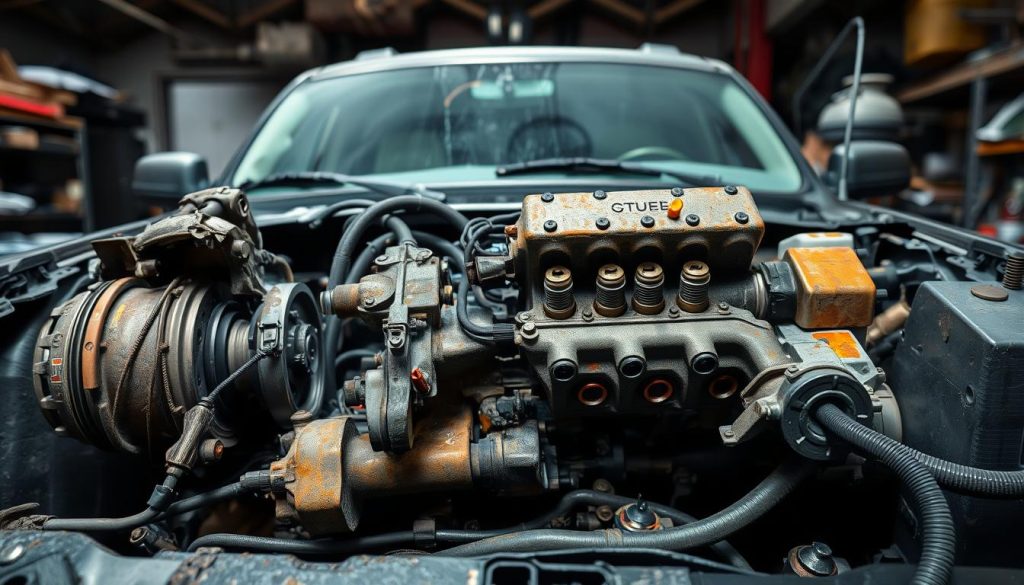
The Chevy Avalanche is a versatile pickup truck but has faced many mechanical issues. These problems affect all generations, making maintenance a big concern for drivers.
Many owners face serious mechanical problems that need quick attention:
- Fuel pump failures that hurt the truck’s performance
- Transmission issues with shifting
- Suspension wear and tear
- Problems with the electrical system
Fuel system issues are a big worry for Avalanche owners. The fuel pump often fails early, causing breakdowns and costly fixes. It’s important to watch the fuel system and get regular checks.
Transmission problems show up in different ways:
- Rough shifting between gears
- Slow engagement
- Slipping between gears unexpectedly
- Wear on transmission parts too soon
Suspension problems can affect how the truck rides and handles. Worn ball joints, strut failures, and uneven tire wear are common issues across model years.
Regular maintenance and inspections are key to avoiding these problems. They help keep your Avalanche running well for a long time.
Reliability Issues in Later Model Years
The Chevy Avalanche’s later model years faced significant reliability problems. These issues, mainly from 2007-2013, made owning one a challenge. Buyers should think twice before choosing these models.
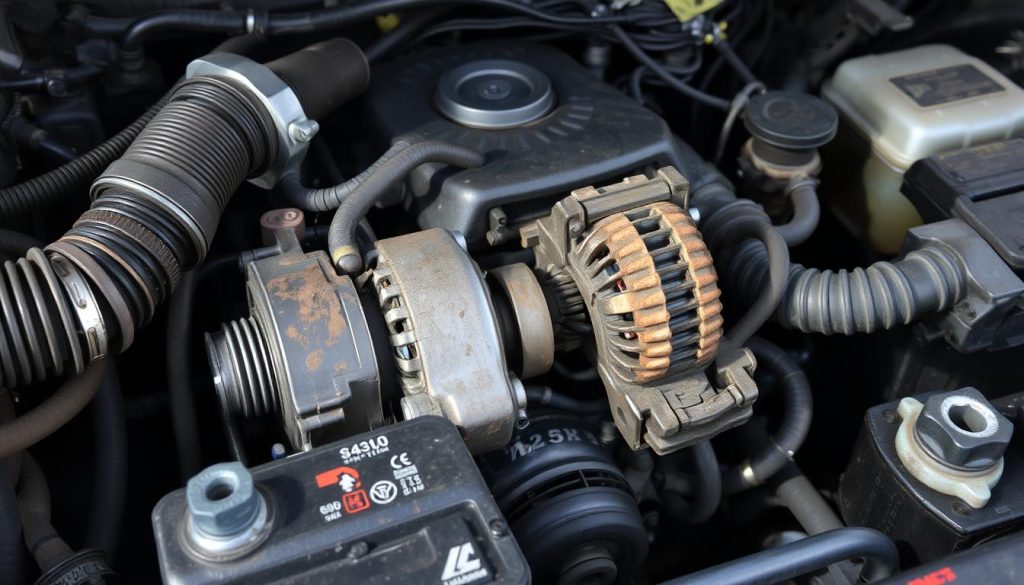
Many complex issues affected the truck’s performance and value. Knowing about these problems helps buyers make better choices. It’s key for those looking to buy or maintain these vehicles.
Fuel System Complications
Fuel system problems were a big worry in later Avalanches. Owners faced several major issues:
- Inaccurate fuel gauge readings
- Premature fuel pump failures
- Fuel filter deterioration
- Unexpected fuel system sensor malfunctions
Electrical System Failures
The electrical system was another major headache for owners. Key issues included:
- Battery drainage issues
- Alternator failures
- Intermittent electronic control module problems
- Faulty power window and door lock mechanisms
Suspension Problems
Suspension wear was a big concern in later models. Specific issues were:
- Premature ball joint deterioration
- Shock absorber failures
- Uneven tire wear
- Suspension noise and reduced ride quality
These reliability issues highlight the need for a thorough check before buying a Chevy Avalanche. It’s also important for ongoing maintenance.
| Model Years | Primary Reliability Concerns | Severity |
|---|---|---|
| 2007-2009 | Fuel System Issues | High |
| 2010-2013 | Electrical System Failures | Medium-High |
| 2008-2012 | Suspension Wear | Medium |
Best and Worst Years for Resale Value
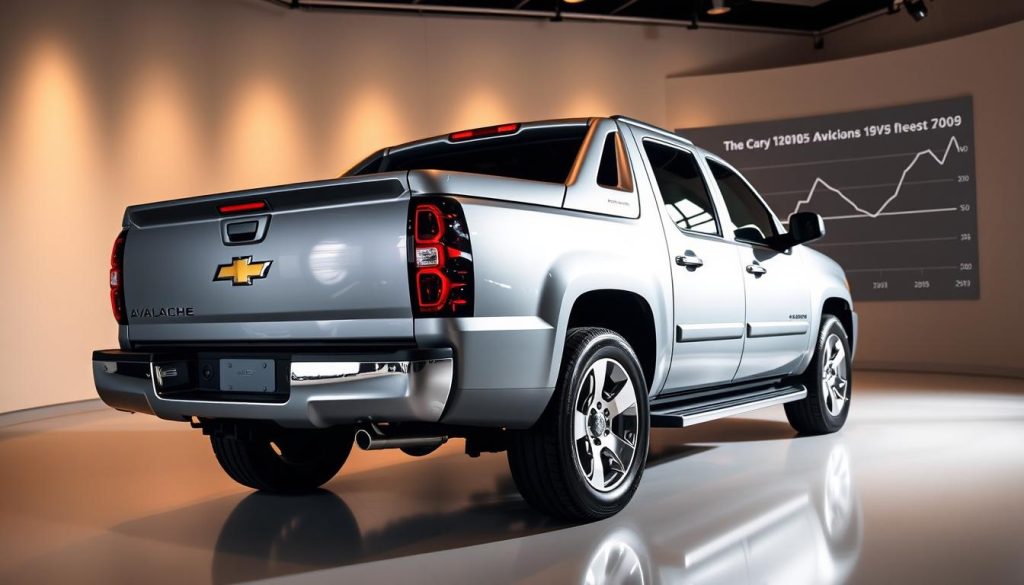
Knowing the resale value of a Chevy Avalanche is key for buyers and owners. The truck’s value changes a lot from year to year. Some years are better for your wallet than others.
The earliest and latest models of the Chevy Avalanche show the biggest drops in value. The first models (2002-2006) and the last ones (2011-2013) lose value the fastest.
- 2002-2003 models: Lowest resale value due to initial design flaws
- 2007-2010 models: Most stable resale value
- 2011-2013 models: Rapid depreciation before production ceased
Knowing the Chevy Avalanche’s least reliable years helps buyers make smart choices. The 2002-2003 and 2011-2013 models are the worst for resale.
| Model Years | Resale Value Trend | Depreciation Rate |
|---|---|---|
| 2002-2003 | Low | Rapid |
| 2007-2010 | Stable | Moderate |
| 2011-2013 | Declining | Steep |
Things like mechanical reliability, maintenance history, and condition affect resale value. Buyers should check maintenance records and the vehicle’s condition before buying.
Critical Maintenance Points for Chevy Avalanche Owners
Keeping your Chevy Avalanche in top shape is key. Owners need to know the chevy avalanche maintenance concerns. These can affect the vehicle’s life and performance.
Maintenance is more than just oil changes. The Chevy Avalanche needs careful care to avoid common problems. These issues can cause expensive repairs.
Recommended Service Intervals
- Oil and filter change: Every 3,000-5,000 miles
- Tire rotation: Every 5,000-7,500 miles
- Brake inspection: Every 12,000 miles
- Transmission fluid check: Every 30,000 miles
Estimated Repair and Maintenance Costs
| Maintenance Item | Estimated Cost | Frequency |
|---|---|---|
| Oil Change | $50-$100 | Every 3-5 months |
| Brake Pad Replacement | $150-$300 per axle | Every 30,000-70,000 miles |
| Transmission Service | $250-$500 | Every 30,000-60,000 miles |
| Suspension Inspection | $100-$200 | Annually |
Regular maintenance can prevent unexpected breakdowns. It also extends your Chevy Avalanche’s life. Preventative care is always more cost-effective than major repairs.
Comparing Avalanche Years: Performance and Reliability
Understanding Chevy Avalanche reliability issues needs a careful look at each model year. The Avalanche’s performance changed a lot over time. Some years were known for their strong mechanics, while others had issues.
Looking at chevy avalanche issues by year, we find important points:
- Engine reliability across different generations
- Transmission durability
- Fuel efficiency improvements
- Structural integrity and body panel quality
The first-generation models (2002-2006) had mixed results. Early years faced more mechanical problems, like engine and transmission issues. But, later models got better in reliability and performance.
| Model Years | Performance Rating | Reliability Score |
|---|---|---|
| 2002-2003 | ★★☆☆☆ | Low |
| 2007-2009 | ★★★★☆ | High |
| 2010-2013 | ★★★★☆ | Very High |
Before buying, it’s key to check the car’s history and maintenance records. The Chevy Avalanche’s performance varied a lot. So, doing your homework is essential.
Safety Recalls and Technical Service Bulletins
The Chevy Avalanche has had several safety recalls. These are important for anyone thinking about buying or maintaining a vehicle. Knowing about these issues can help you make a better choice.
The National Highway Traffic Safety Administration (NHTSA) has listed many recall problems for Chevy Avalanche models. These models have technical service bulletins (TSBs) for different mechanical and safety issues.
- Brake system malfunctions
- Electrical system defects
- Potential structural integrity problems
- Airbag deployment complications
It’s key for owners to check if their model has any recalls. Unresolved safety issues can create significant risks for drivers and passengers.
| Model Year | Primary Recall Issues | Severity Rating |
|---|---|---|
| 2002-2003 | Brake system failures | High |
| 2005-2006 | Electrical system defects | Medium |
| 2009-2010 | Airbag sensor malfunctions | Critical |
Keeping up with vehicle maintenance and recall checks is important. Chevrolet advises taking action right away for any recall notices. This ensures safety for everyone on the road.
Alternative Options to Problematic Avalanche Years
Many truck fans want to avoid the Chevy Avalanche’s bad years. They look for reliable trucks that keep the Avalanche’s great features. The market has many good options for those who want to switch.
Drivers who had trouble with the Chevy Avalanche’s bad years have good news. There are trucks that offer similar performance and usefulness:
- Ford F-150 with MultiPro Tailgate – It has cool cargo management like the Avalanche’s midgate.
- Ram 1500 with RamBox – It has special storage and can carry a lot of stuff.
- GMC Sierra with Multi-Flex Tailgate – It’s a GM truck with advanced features.
Recommended Replacement Strategies
When picking a new truck, think about these things:
- How it handles cargo
- Its towing power
- How reliable it is
- Its value when you sell it
Top Alternatives Comparison
Drivers who want to leave the Avalanche behind should look at these trucks. The Ford F-150 and Ram 1500 are great choices. They offer strong performance and cool features that match the Avalanche’s special abilities.
Even though no truck is exactly like the Avalanche, these options are good. They help truck owners move up from the worst model years.
Conclusion
Choosing the right Chevy Avalanche year is key. Years like 2002-2003 and 2007-2009 have big reliability issues. It’s important to know which years to watch out for.
When looking at Chevy Avalanches, focus on newer models. They fixed many old problems. Some years are better than others, but not all are bad.
Every Chevy Avalanche year is different. Knowing which years to avoid helps make better choices. Keeping up with maintenance and checking the vehicle’s history is also important.
The Chevy Avalanche was a hit with truck fans. Even with some bad years, the right choice can be found. Careful research and knowledge of its history are key.
FAQ
What are the worst years for the Chevy Avalanche?
How reliable are Chevy Avalanche models?
What are the most common mechanical problems with the Chevy Avalanche?
Are there any good years for the Chevy Avalanche?
What should I look for when buying a used Chevy Avalanche?
How much do repairs typically cost for a Chevy Avalanche?
FAQ
What are the worst years for the Chevy Avalanche?
The 2002-2003 models are the worst. They had engine, transmission, and body panel problems. These early models had oil issues, transmission failures, and body panel damage.
How reliable are Chevy Avalanche models?
The first-generation models (2002-2006) are the least reliable. But, the 2007-2013 models saw some improvement. They faced fuel system, electrical, and suspension issues.
What are the most common mechanical problems with the Chevy Avalanche?
Common issues include fuel pump failures, transmission problems, and oil consumption. Suspension wear, electrical failures, and body panel deterioration are also common. These problems were more common in early models but also affected later ones.
Are there any good years for the Chevy Avalanche?
The 2009-2011 models are more reliable. They had fewer major issues. These models saw improvements from the manufacturer, fixing some of the earlier problems.
What should I look for when buying a used Chevy Avalanche?
Check the maintenance history and recall records. Look at the body panels and test the electrical systems. A mechanic’s inspection is also important. Watch out for fuel system, transmission, and suspension problems.
How much do repairs typically cost for a Chevy Avalanche?
Repair costs can be high. Transmission replacements can cost ,500-,000. Fuel pump replacements are 0-
FAQ
What are the worst years for the Chevy Avalanche?
The 2002-2003 models are the worst. They had engine, transmission, and body panel problems. These early models had oil issues, transmission failures, and body panel damage.
How reliable are Chevy Avalanche models?
The first-generation models (2002-2006) are the least reliable. But, the 2007-2013 models saw some improvement. They faced fuel system, electrical, and suspension issues.
What are the most common mechanical problems with the Chevy Avalanche?
Common issues include fuel pump failures, transmission problems, and oil consumption. Suspension wear, electrical failures, and body panel deterioration are also common. These problems were more common in early models but also affected later ones.
Are there any good years for the Chevy Avalanche?
The 2009-2011 models are more reliable. They had fewer major issues. These models saw improvements from the manufacturer, fixing some of the earlier problems.
What should I look for when buying a used Chevy Avalanche?
Check the maintenance history and recall records. Look at the body panels and test the electrical systems. A mechanic’s inspection is also important. Watch out for fuel system, transmission, and suspension problems.
How much do repairs typically cost for a Chevy Avalanche?
Repair costs can be high. Transmission replacements can cost $2,500-$4,000. Fuel pump replacements are $500-$1,200. Regular maintenance helps avoid expensive repairs.
Are there good alternatives to the Chevy Avalanche?
Good alternatives include the Cadillac Escalade EXT, Ford F-150 crew cab, and Ram 1500. They offer similar cargo and towing capabilities. These vehicles might be more reliable and have fewer issues.
,200. Regular maintenance helps avoid expensive repairs.
Are there good alternatives to the Chevy Avalanche?
Good alternatives include the Cadillac Escalade EXT, Ford F-150 crew cab, and Ram 1500. They offer similar cargo and towing capabilities. These vehicles might be more reliable and have fewer issues.

